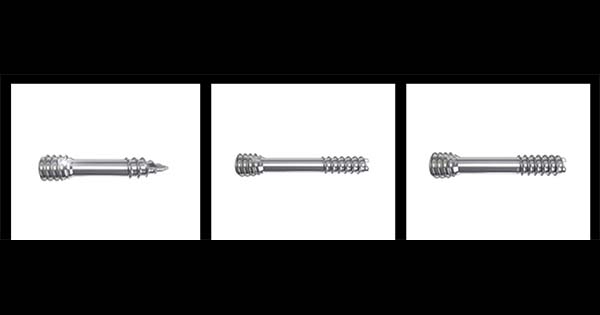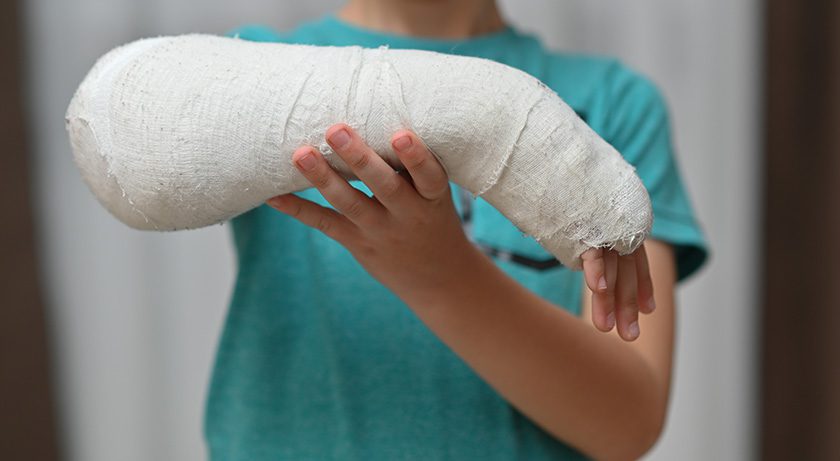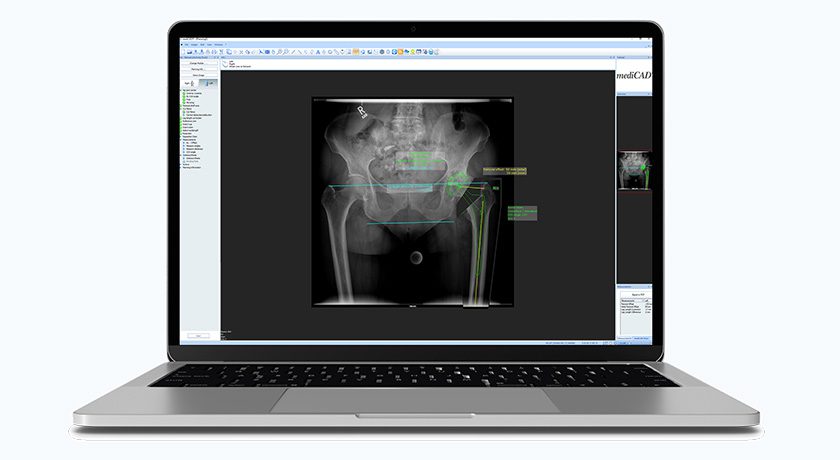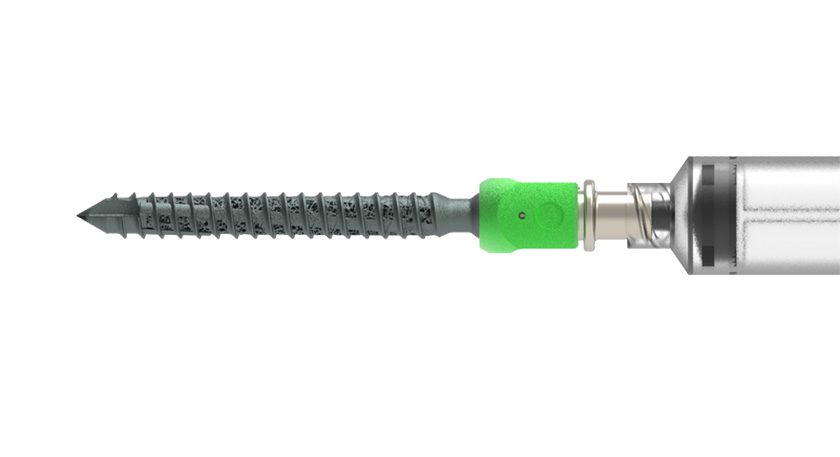

 Copy to clipboard
Copy to clipboard 
India’s Central Drugs Standard Control Organisation granted Syntellix the license to bring five different product families of its bioabsorbable magnesium-based implants to market.
India is ideally suited for collecting further clinical data and conducting clinical trials, and will also contribute significantly to the development of new, additional Syntellix products.
Bioabsorbable MAGNEZIX implants are used for re-establishing bone continuity after fractures, as well as for treating pseudoarthroses. MAGNEZIX implants are metallically stable, similar to systems made of steel or titanium, but unlike screws and wires made of these materials, do not need to be removed again because they are resorbed in the body. MAGNEZIX implants are therefore ideally suitable for fractures that need stable and safe fixation, but where one would rather avoid carrying out another operation after healing to remove the metal.
Source: Syntellix
India's Central Drugs Standard Control Organisation granted Syntellix the license to bring five different product families of its bioabsorbable magnesium-based implants to market.
India is ideally suited for collecting further clinical data and conducting clinical trials, and will also contribute significantly to the development of new,...
India’s Central Drugs Standard Control Organisation granted Syntellix the license to bring five different product families of its bioabsorbable magnesium-based implants to market.
India is ideally suited for collecting further clinical data and conducting clinical trials, and will also contribute significantly to the development of new, additional Syntellix products.
Bioabsorbable MAGNEZIX implants are used for re-establishing bone continuity after fractures, as well as for treating pseudoarthroses. MAGNEZIX implants are metallically stable, similar to systems made of steel or titanium, but unlike screws and wires made of these materials, do not need to be removed again because they are resorbed in the body. MAGNEZIX implants are therefore ideally suitable for fractures that need stable and safe fixation, but where one would rather avoid carrying out another operation after healing to remove the metal.
Source: Syntellix

You’ve reached your limit.
We’re glad you’re finding value in our content — and we’d love for you to keep going.
Subscribe now for unlimited access to orthopedic business intelligence.
JV
Julie Vetalice is ORTHOWORLD's Editorial Assistant. She has covered the orthopedic industry for over 20 years, having joined the company in 1999.







